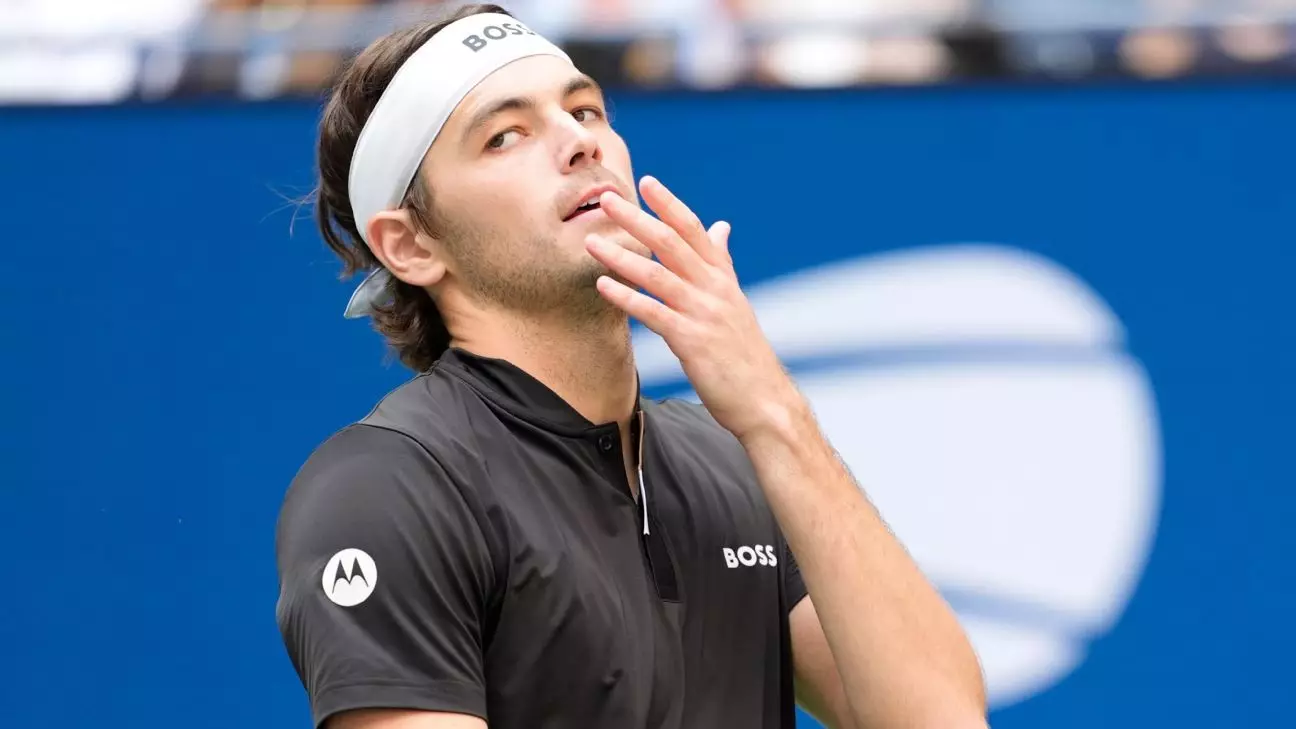The world of professional tennis is in a state of dynamic evolution, as recent performances at the US Open have dramatically shifted the landscape of ATP and WTA rankings. While names like Jannik Sinner and Aryna Sabalenka continue to dominate, emerging talents are breaking barriers and reshaping the hierarchy of the sport. This article delves into the latest developments, analyzing their significance and implications for the players involved and the game as a whole.
Taylor Fritz, the resilient runner-up of the men’s singles at the US Open, has made a commendable return to the top 10, securing the No. 7 position in the ATP rankings. This marks an impressive achievement for an American male player, especially considering the drought since the last major final appearance by an American man 15 years ago. Fritz’s ascent is not merely a reflection of his performance; it symbolizes hope and potential for American tennis, which has been historically renowned for its champions.
Correspondingly, on the women’s side, Jessica Pegula, also a runner-up, has catapulted to a career-high ranking of No. 3 in the WTA standings. While both players share the experience of coming up short in the finals, their upward trajectory provides a testament to their perseverance and skill. The ranking shifts are indicative of their intensified competitive spirit and the evolving narratives within their respective tours.
The Dominance of Current Champions
Jannik Sinner, the men’s champion, has solidified his status as the ATP’s No. 1, further extending his lead with a flawless performance against Fritz in the final match. Held since June, his ranking reflects not only his individual talent but also the increasing depth of the competitive pool in men’s tennis. Sinner’s ability to secure victories against formidable opponents underscores his skill set and strategic play; attributes that are essential for maintaining elite status.
In the women’s bracket, Aryna Sabalenka remains firmly planted in the No. 2 position, contributing to a fierce competition at the top. Despite her focus on personal growth rather than the rankings, her victory over Pegula in the finals showcases her determination to reclaim the No. 1 spot that she briefly held. Sabalenka’s journey narrates a larger story of mental resilience in sports, as she thrives under pressure while portals to greatness remain within her reach.
Reflecting on last year’s champions, the contrasting journeys reveal the unpredictability inherent in tennis. Coco Gauff, who claimed the women’s title last year, dropped to No. 6 following her fourth-round exit, illustrating the volatility of placements that accompany the high-stakes nature of the sport. Her story reminds sports fans that success can be fleeting, and one must continuously adapt and evolve to retain elite status.
Similarly, Novak Djokovic’s impressive track record faced an unexpected setback with a third-round defeat orchestrated by Alexei Popyrin. This setback not only cost Djokovic his place as a top contender but also serves as a sobering reminder of the relentless pace at which the sport progresses.
The advancements of newer players like Emma Navarro and Jack Draper further accentuate the changing dynamics of the professional circuit. Navarro, climbing to a personal-best No. 8, demonstrates that breakthrough performances in majors can propel players into contention for higher accolades. Draper’s progress into the top 20 as a result of his semifinal breakthrough similarly indicates that the next generation is ready to challenge the long-standing narratives dominated by established players.
Furthermore, the rankings reveal an intriguing competition among established names like Elena Rybakina and Jasmine Paolini, who have both held their ground. Their consistent performances within the top five provide a steadfastness that can often be overlooked amidst the whirlwind of talent emerging from the lower tiers.
The tennis rankings following the US Open have served as a mirror reflecting the shifts and trends in both men’s and women’s games. As players like Fritz and Pegula rise, and champions like Sinner and Sabalenka continue to assert dominance, the competition remains fierce and invigorating. With emerging talents challenging conventional boundaries, tennis stands poised for an exhilarating season ahead, characterized by uncertain outcomes and the continuous interplay of experience and youth. The future of tennis looks bright, laden with stories of triumph and resilience that will undoubtedly shape the narratives of coming years in this iconic sport.


Leave a Reply